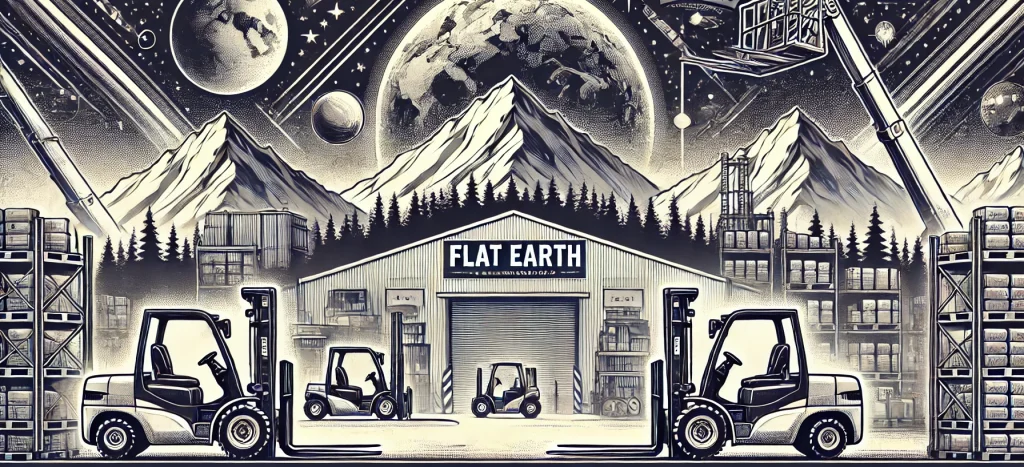Loader bucket pallet forks are a crucial attachment for a variety of heavy machinery, providing a simple yet effective solution for material handling challenges.
They transform loaders into versatile lifting tools capable of handling palletized goods with ease.
By attaching these forks to the front of a loader, operators can efficiently move loads around construction sites, warehouses, and farms without the need for a separate forklift.
The design of these forks allows for a quick and secure connection to the loader bucket, greatly expanding the machine’s capabilities and productivity.

The functionality of loader bucket pallet forks hinges on their sturdy construction and ease of use.
Often made from high-grade steel and designed to withstand significant weight, they are an economical option for businesses that require lifting and transporting heavy items regularly.
The forks are typically adjustable and come with features like stabilizer bars or chains, ensuring that they can accommodate various sizes of loads and maintain stability during operation.
Investing in a set of reliable bucket pallet forks can make a substantial difference in the efficiency of material handling tasks, making them a valuable addition for industries looking to optimize their loading and unloading processes.
With their ability to attach to the loader quickly without the need for additional tools, these forks are a time-saving solution, ideal for settings where rapid changes between tasks are common.
Understanding Loader Bucket Pallet Forks
Loader bucket pallet forks are a pivotal attachment for tractors, turning them into versatile material handling tools.
These forks are crucial for tasks such as moving pallets and lifting various objects.

Main Components
The main components of loader bucket pallet forks include the shaft bar, which is a central support bar, and a pair of forks that slot onto it.
The adjustable fork spacing allows for the accommodation of different pallet sizes, enhancing the utility of the attachment.
Additionally, the attachment mechanism varies with design, but typically involves a mounting system that securely fastens to the loader’s bucket, which is usually sold separately.
Types of Pallet Forks
There are various types of pallet forks available in the market, each designed to cater to specific needs.
For instance, clamp-on bucket forks offer an easy installation option as they attach directly onto the loader’s bucket.
There are also dedicated pallet fork frames that provide a more stable platform for heavier lifting jobs.
Compatibility and Adaptability
Compatibility and adaptability are critical considerations when choosing pallet forks for a loader.
The forks must be compatible with the tractor’s loader in terms of size and weight capacity.
Some pallet forks offer compact solutions for smaller tractors, while others are robust enough for heavy-duty tasks.
An attachment like this should ideally provide flexibility, with adjustable fork spacing to deal with various loading scenarios.
